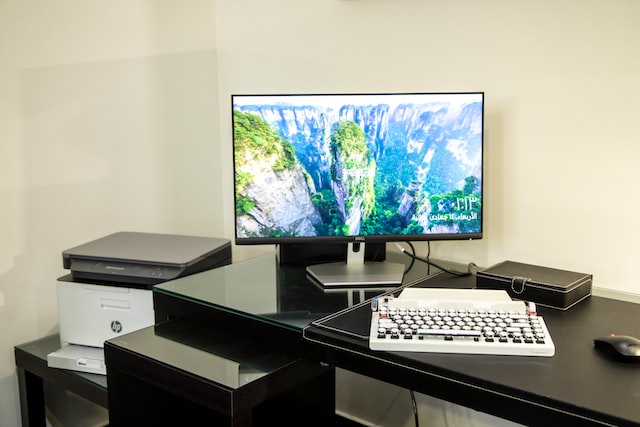If you own a home printer, you may have thought about purchasing insurance to protect it from accidental damage, theft, or malfunctions. But is home printer insurance worth it? In this blog post, we’ll explore the considerations for insuring your home printer, including the risks of not being insured, the types of coverage available, and the factors to consider when deciding whether to purchase insurance. We’ll also discuss where to purchase home printer insurance and provide tips for shopping around and comparing different options.
The Risks of Not Being Insured
Using a home printer can come with a number of risks. Accidents can happen, and printers can be damaged by spills, drops, or other mishaps. Additionally, printers are vulnerable to theft, especially if they are left in an unsecured location. And even if your printer is well-maintained, it can still experience malfunctions or breakdowns due to normal wear and tear.
If you’re not insured, the consequences of these risks can be costly. Repairs or replacements can be expensive, especially if you need to pay for them out of pocket. And if your printer is essential to your daily routine or home business, the inconvenience of being without a printer can be a significant burden.
Types of Coverage Available for Home Printers
So, what types of coverage are available for home printers? Here are a few examples:
Accidental damage coverage: This type of coverage protects your printer from damage caused by accidents, such as spills, drops, and other mishaps. Depending on the policy, it may cover the cost of repairs or provide a replacement printer.
Theft coverage: This type of coverage protects your printer from theft, either from your home or if it is stolen while you are travelling. It may cover the cost of a replacement printer or provide reimbursement for the value of the stolen printer.
Maintenance plans: These plans typically provide ongoing coverage for your printer, including regular maintenance and repairs. They may also include additional perks, such as priority service or discounts on supplies.
When shopping for home printer insurance, it’s important to carefully review the terms of the policy to understand what is and is not covered. Some policies may have exclusions or limitations, so it’s important to read the fine print and ask any questions you may have before purchasing a policy.
Factors to Consider When Deciding Whether to Purchase Insurance
When deciding whether to purchase home printer insurance, there are a few key factors to consider:
Age of the printer: If your printer is relatively new and in good working condition, it may be less likely to experience problems and may not need insurance. On the other hand, if your printer is older or has a history of problems, insurance may be a good investment.
Frequency of use: If you use your printer frequently, you may be more likely to experience problems or wear and tear. In this case, insurance may be a good idea to help cover the cost of repairs or replacements.
Cost of repairs: Consider the cost of repairs or replacements for your printer. If the cost is relatively low, insurance may not be necessary. However, if the cost is high, insurance can help protect you from unexpected expenses.
To weigh these factors and make an informed decision, it may be helpful to compare the cost of insurance to the potential cost of printer repairs or replacements. This can help you determine whether insurance is a good value for your specific situation.
Where to Purchase Home Printer Insurance
There are a few different options for purchasing home printer insurance:
Manufacturer: Some printer manufacturers offer insurance as an add-on to the purchase of a new printer. This can be a convenient option, but it’s important to carefully review the terms of the policy to understand what is covered.
Third-party provider: There are also a number of third-party providers that offer home printer insurance. These companies typically offer a range of policies with different coverage options, so you can choose the one that best meets your needs.
Existing insurance policy: If you have an existing insurance policy, such as a homeowner’s or renter’s insurance policy, you may be able to add coverage for your home printer as an endorsement or rider. This can be a convenient and cost-effective way to ensure your printer, but it’s important to check with your insurance company to understand the terms and limitations of the coverage.
When shopping for home printer insurance, it’s important to compare different options and review the terms of the policy carefully. Consider the types of coverage that are important to you, and be sure to ask any questions you may have before purchasing a policy. You may also want to consider seeking recommendations from friends, family, or online reviews to find a reputable provider.
Conclusion
In conclusion, home printer insurance can be a good investment to protect your printer from accidental damage, theft, or malfunctions. By carefully considering the risks, types of coverage available, and factors that affect the cost of insurance, you can make an informed decision about whether insurance is right for you. By shopping around and comparing different options, you can find a policy that meets your needs and budget. So, it is always better to be prepared and ensure your home printer to avoid any unexpected expenses and inconvenience.





